
views
- Clean or replace your vehicle’s air filter when your acceleration is acting sluggish.
- Put in new spark plugs when they go bad if your engine misfires and hesitates.
- Replace your vehicle’s fuel filter when there’s a delayed response when you accelerate.
- Take your car to a mechanic if your “Check Engine” light comes on or if you’re unable to solve the problem on your own.
What causes acceleration issues?
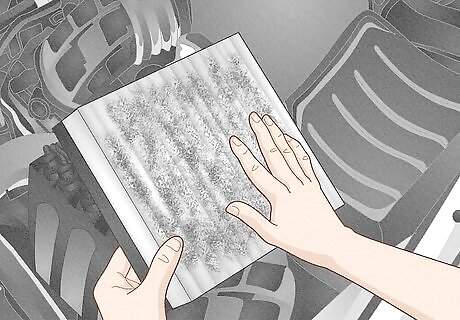
Dirty or clogged air filter The air filter protects your engine’s intake from debris, but it can get clogged over time. When air can’t pass through the filter smoothly, your car will have a hard time accelerating. Other symptoms of a bad air filter include hard starting, whistling or chattering sounds, or rough idling.
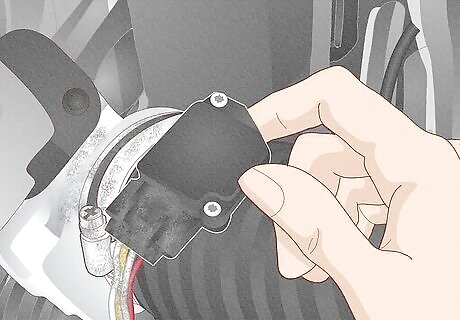
Dirty or faulty mass air flow sensor The mass airflow sensor connects to the air intake on your engine to measure out the perfect air/fuel ratio. When the sensor is faulty, it may measure the wrong fuel ratio and make your vehicle hesitate when you try to accelerate. You may also notice poor gas mileage if your mass air flow sensor is acting up.

Clogged fuel system Your vehicle’s engine needs fuel at a proper pressure for it to run properly. A clog in the fuel filter, injectors, or pump prevents gas from reaching your engine, so it may stall or cause delayed acceleration after you press down on the pedal. The “Check Engine” light may turn on if there’s a clog in your fuel system.
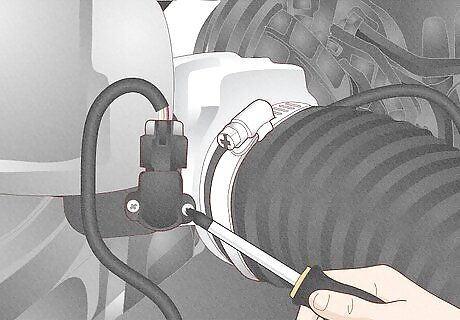
Bad throttle position sensor The throttle position sensor monitors the size of the throttle’s opening so your engine runs most efficiently. If the sensor is bad and gives the wrong reading, then your vehicle may hesitate before it starts accelerating. Other symptoms of a bad throttle position sensor are shaking while idling, lower fuel efficiency, and engine stalling.

Worn spark plugs or ignition wires The spark plugs ignite the fuel to power your engine, so they could cause your acceleration to stutter or hesitate when they go bad. If the wiring leading to your vehicle’s ignition is old or damaged, it may not carry a strong enough spark to combust the fuel properly. Poor gas mileage, engine misfires, and hard starts are all common symptoms of bad spark plugs or ignition wiring.
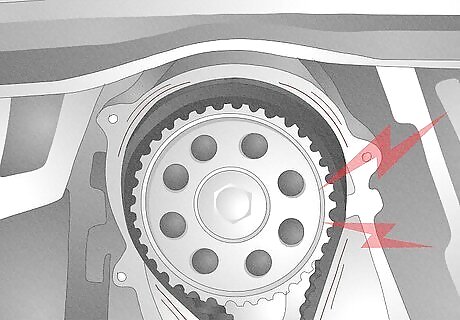
Timing belt malfunction The timing belt ensures that the pistons in your engine run smoothly and at a steady tempo. When the timing belt is damaged or dirty, it could skip and cause your engine to run out of sync. Other signs of a bad timing belt include a rattling noise and your engine cranking but not starting.

Defective oxygen sensor The oxygen sensor measures the oxygen levels moving through your exhaust system, and it will adjust the amount of fuel your engine uses based on the readings. When the sensor provides a false reading, your engine will overcompensate to fix the problem but it will make your acceleration feel more delayed. Other signs of a bad oxygen sensor include rough idling, poor fuel efficiency, a lit “Check Engine” light, and a failed emissions test.
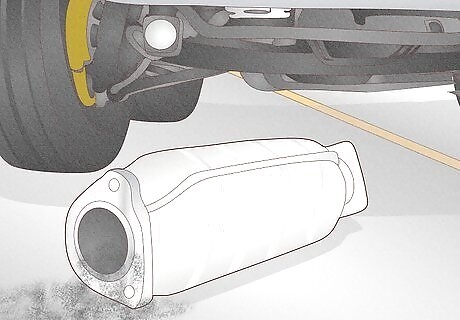
Failed catalytic converter The catalytic converter absorbs harmful compounds in your exhaust before it leaves your vehicle. When your catalytic converter starts giving you trouble, the acceleration may feel jerky or inconsistent when you step on the gas. Symptoms of a bad catalytic converter include worse fuel efficiency, trouble starting your engine, and a pungent sulfuric odor.
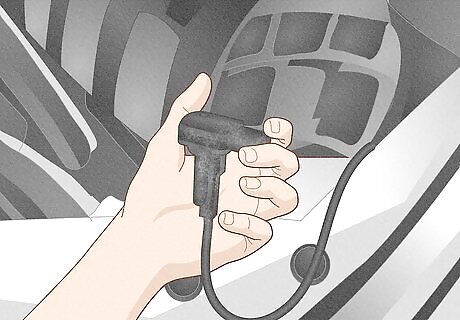
Faulty accelerator position sensor The accelerator position sensor monitors how far you press down your gas pedal so your vehicle accelerates properly. If the sensor isn’t taking proper readings, it can cause your vehicle to hesitate before it starts accelerating. When you have a bad accelerator position sensor, your vehicle may also go into “limp mode” where your engine limits your speed to protect it from further damage.
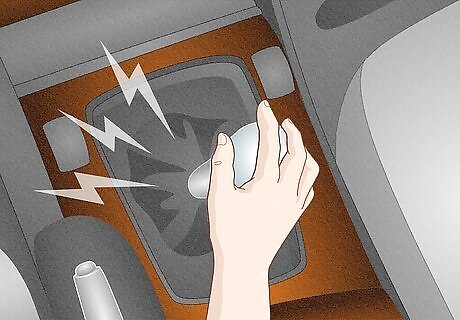
Slipping clutch disc The clutch disc catches onto gears when you shift between them on vehicles with manual transmission. If the clutch disc slips off the gear, then your engine’s RPMs will go up even if you don’t accelerate.
Potential DIY Fixes

Clean or replace your air filter. Find your air filter in the black intake box under your vehicle’s hood near the front corner. Use a vacuum to clean the air filter and the inside of the intake box. If you can’t get the air filter clean with your vacuum, then get a replacement filter that’s made for your vehicle’s make and model. Check your vehicle’s manual to find where the air filter is located if you have trouble finding it on your own.
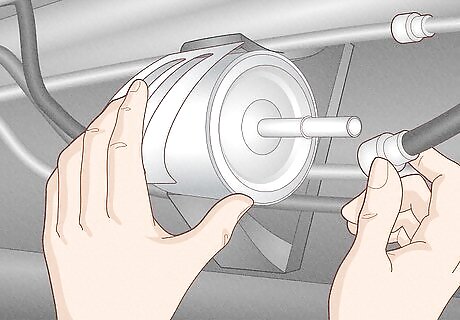
Replace an old fuel filter. Your fuel filter is a cylindrical piece usually along the fuel line underneath your vehicle or inside the engine bay. After you relieve the fuel pressure, just disconnect the old fuel filter from your vehicle and install the new one onto your fuel line. Try cleaning the fuel filter at first to see if it will help your vehicle’s acceleration.

Change bad spark plugs. The spark plugs attach to your engine’s cylinders with thick black cables. Check for bad spark plugs by looking for wear and tear on the electrodes. If they look dirty or damaged, replace them with ones that are the same size.
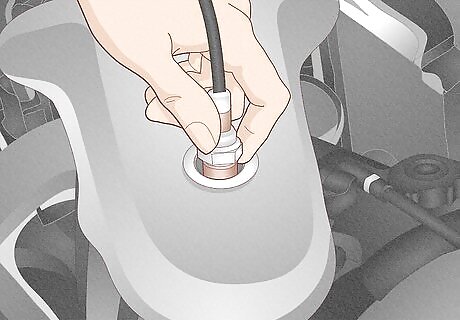
Install a new oxygen sensor. The oxygen sensor is usually located underneath your vehicle in front of the catalytic converter on your exhaust line. Remove the old oxygen sensor and install a new one in its place.

Try a higher quality fuel. Lower-quality fuel may have more impurities, so it won’t provide your vehicle with the best performance. The next time you fill up your tank, try the next highest fuel grade to see if it improves how your vehicle accelerates.
When to See a Mechanic
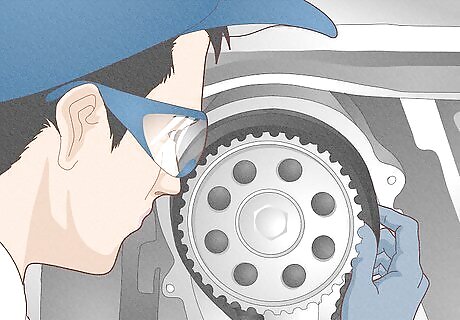
Take your vehicle to a pro if you can’t find what’s causing the issue. If you see the “Check Engine” light on your dashboard, get your vehicle looked at as soon as possible to diagnose the problem. If there are issues with your vehicle’s wiring, sensors, or belts, it’s best to leave the work to a professional to ensure it’s done properly. If your vehicle doesn’t respond when you press down on the gas pedal, take your vehicle in immediately since it’s unsafe to drive on public roads. If you continue driving your vehicle without addressing acceleration problems, it could lead to further engine damage that’s more costly to repair.




















Comments
0 comment